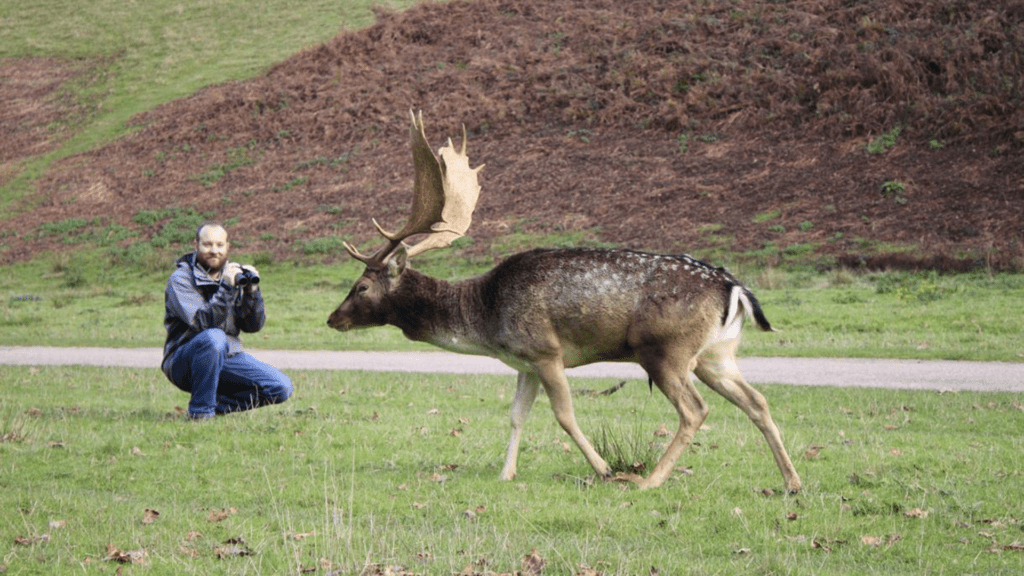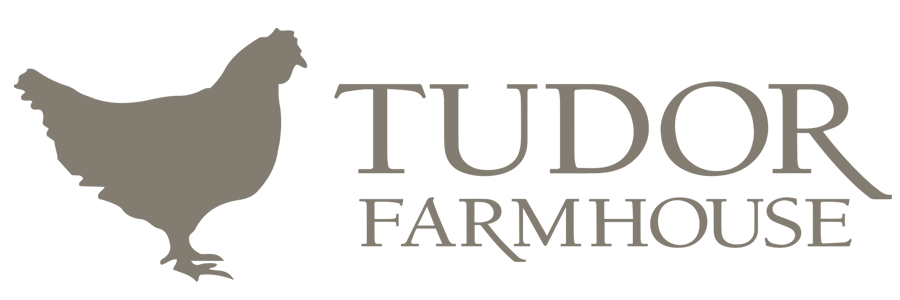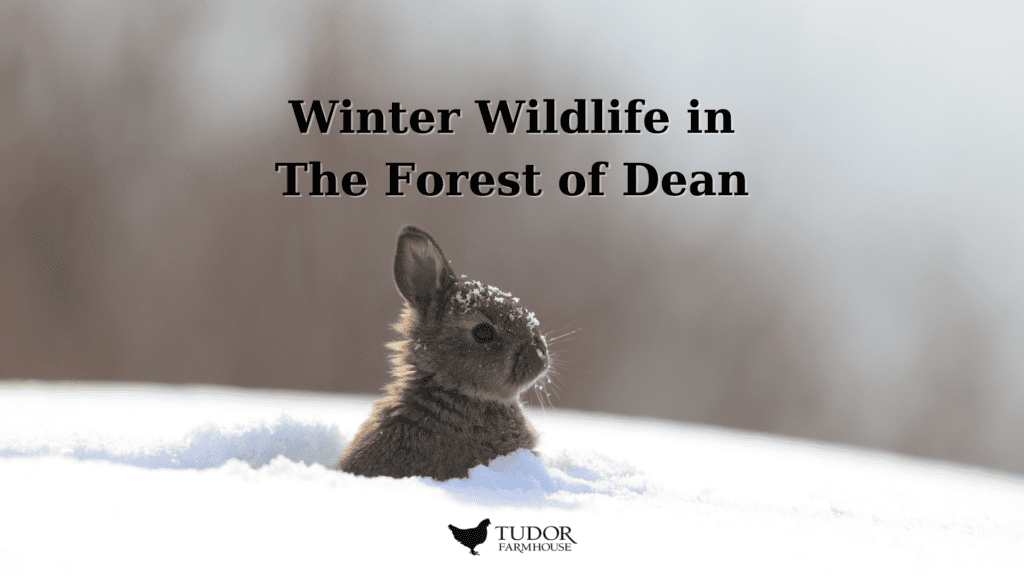The Forest of Dean, a majestic ancient woodland in England, is particularly enchanting in winter. This guide highlights the wildlife that thrives in this forest during the colder months, offering a spectacular experience for nature enthusiasts.
Deer: Majestic Winter Wanderers
Fallow Deer: Introduced in Norman times, they are easily identified by their black and white V-shaped tails. In winter, they’re commonly seen foraging for scarce food resources. Their antlers, especially among males, are most prominent in this season.
Roe and Muntjac Deer: Smaller than fallow deer, these species adapt well to the colder months. Roe deer, with their reddish and grey winter coats, are particularly well camouflaged against the winter backdrop. Muntjac deer, often solitary, are noted for their bark-like calls, which are more frequently heard during winter months
One of the best places to see deer, including fallow, roe, and muntjac species, is on walks around the Lydney Park Estate, additionally, other areas in the Forest of Dean, such as the woodland areas around Speech House or the trails leading to the Cannop Ponds, are also known for deer sightings.
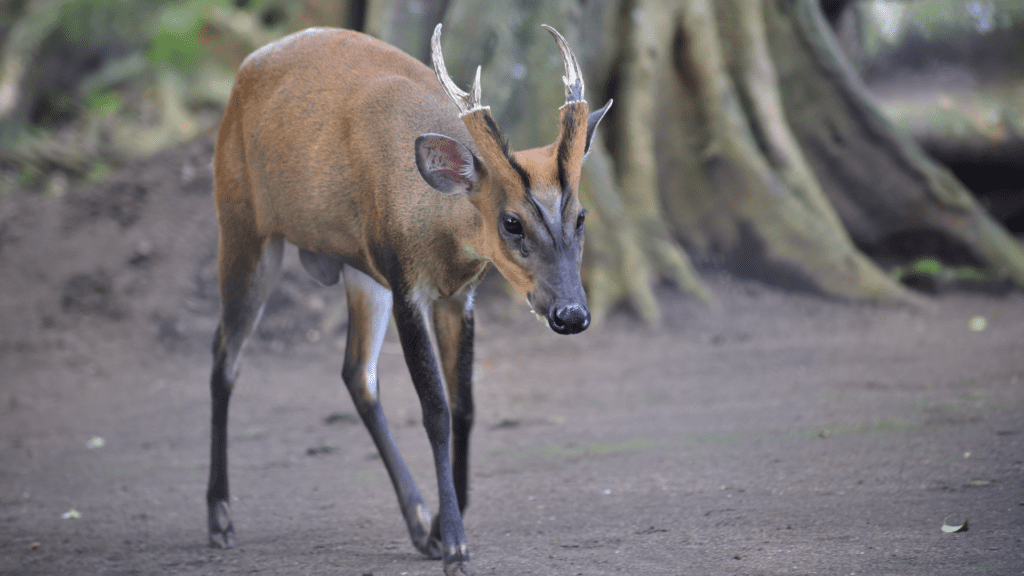
Conservation Projects: Restoring Wildlife
Beavers: Introduced to Greathough Brook in Lydbrook as part of a conservation project, beavers are active year-round and can be seen working on their dams and lodges, even in winter.
Exmoor Ponies, English Longhorn and Highland Cattle: These grazing animals have been introduced in various reserves within the Forest of Dean to aid conservation efforts.They can be seen in several reserves across the Forest of Dean, including Woorgreens and Tidenham Chase. Visitors can observe them grazing in the open areas, which they help to keep clear of overgrowing vegetation but please do err on the side of caution and keep your distance and always keep dogs on leads.
Pine Martens: Reintroduced in 2019, these elusive animals are still rare but are part of the forest’s growing wildlife diversity. Currently, there are no specific viewing locations or hides, so encountering a pine marten would be a matter of luck and keen observation during a forest walk
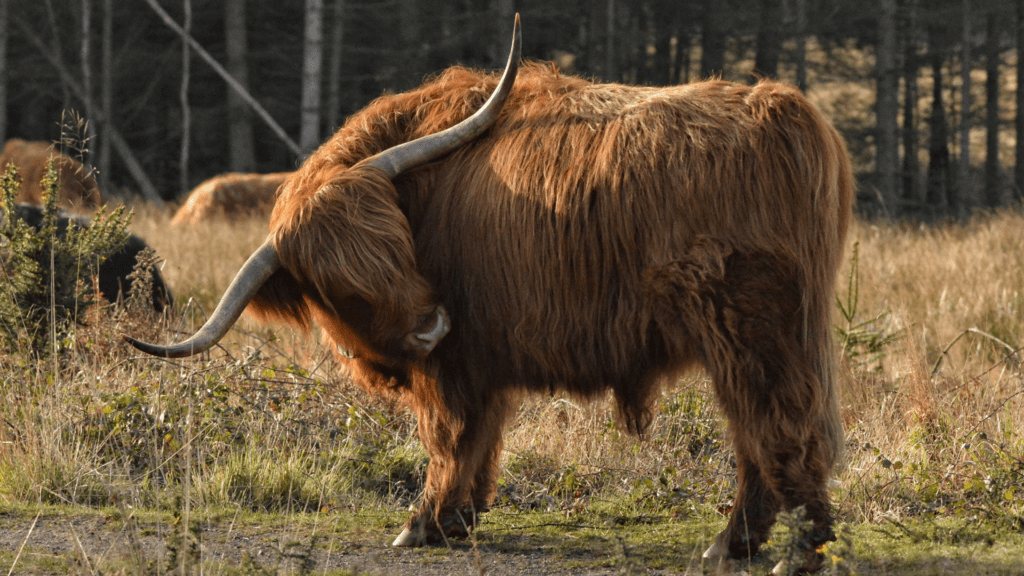
Birds: Avian Life in Winter
Peregrine Falcons: Although their main nesting season is from April to August, peregrine falcons are still a magnificent sight in winter. They are often seen perched high on cliffs or in flight over the forest, hunting for prey. Symonds Yat Rock is particularly famous for sightings of peregrine falcons, the location offers panoramic views of the surrounding woodland and river valley, making it an excellent location for observing a variety of bird species.
Goshawks: These large raptors, once nearly extinct in the UK, have found a stronghold in the Forest of Dean. Their winter ‘sky dance’ is a spectacular display of steep swoops and plunges, best viewed at New Fancy or RSPB Nagshead Reserve.
Great Spotted Woodpeckers: Recognisable by their black and white plumage with red patches, these woodpeckers are active in winter, pecking at trees to find grubs. Their distinctive drumming sound is a common feature in the forest’s winter soundscape.
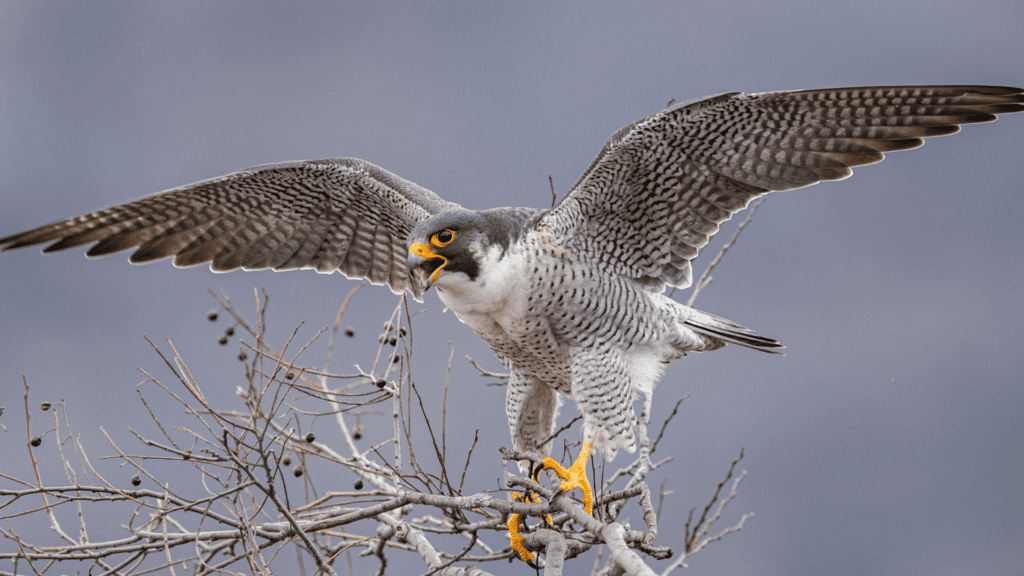
Bats in the Forest: A Winter Overview
Pipistrelle Bats: The most common in the UK, pipistrelles can occasionally be seen out hunting on warmer winter evenings. They are small, agile, and can eat up to 3,000 insects in a night.
Noctule Bats: Larger than pipistrelles and known for their powerful flight, noctules are one of the UK’s largest bat species. They typically hibernate from late October to March or April, but may emerge during warm spells in winter.
Lesser and Greater Horseshoe Bats: These species are known for their distinctive horseshoe-shaped noses. They usually hibernate in winter, often in caves or old buildings, and are a rarer sight.
The best chance to see bats in winter is at dusk on a mild evening. Look for them in areas where insects might be present, such as near water bodies or in clearings but remember these are protected creatures and must not be disturbed. Visit Clearwell Caves to find out about their bat project.
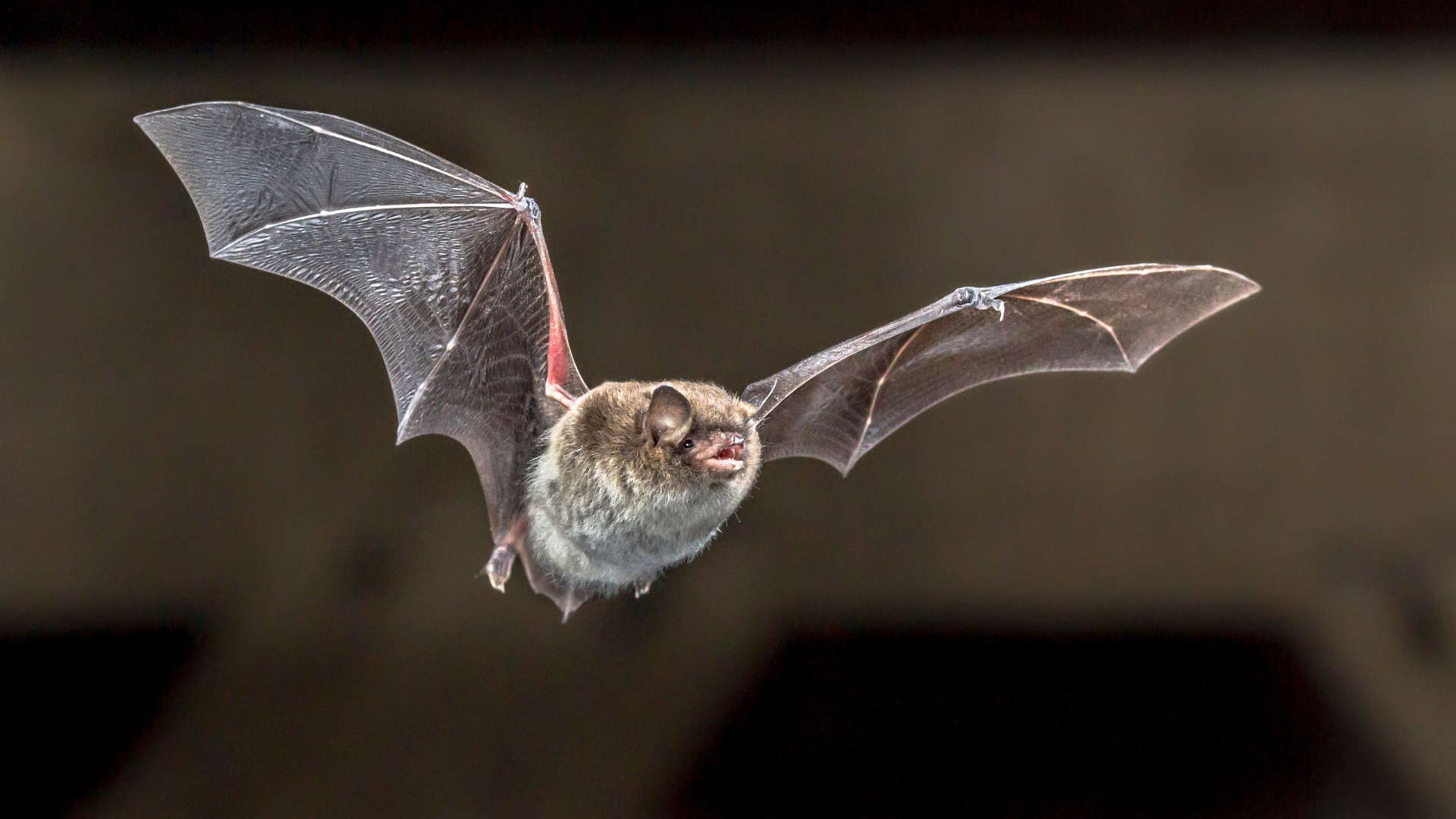
Wild Boar: Enigmatic Forest Dwellers
Once extinct in England, wild boar were reintroduced accidentally and have since established a significant population in the Forest of Dean. In winter, they are more elusive, but signs of their presence are visible. They play an essential role in the forest ecosystem, rooting in the undergrowth and thus aiding seed dispersal.
Tips for Winter Wildlife Watching
- Dress in layers to stay warm and dry.
- Bring binoculars for better wildlife observation.
- Move quietly and patiently to increase chances of sightings.
- Stay on marked paths to minimise disturbance to wildlife.
The Forest of Dean in winter is a spectacular showcase of nature’s resilience and beauty. From the roaming deer and elusive pine martins to the rare sightings of bats and the aerial displays of birds, the forest offers a unique and serene winter wildlife experience.
If you would like a guided tour we’ve teamed up with Ed Drewitt, naturalist, broadcaster and wildlife detective to provide fascinating, entertaining and fun Wildlife Safaris and Dawn Chorus walks around the Forest of Dean all the information and dates can be found here.
After a day of exploring the trails and seeking out the winter wildlife of the Forest of Dean, the Tudor Farmhouse Hotel offers the perfect retreat. Nestled in the heart of the forest, our hotel is not only conveniently located for accessing all the best walks and wildlife spotting locations, but it also provides a touch of luxury and comfort to round off your adventurous day. To see what’s available and book your winter stay, visit our booking page.
